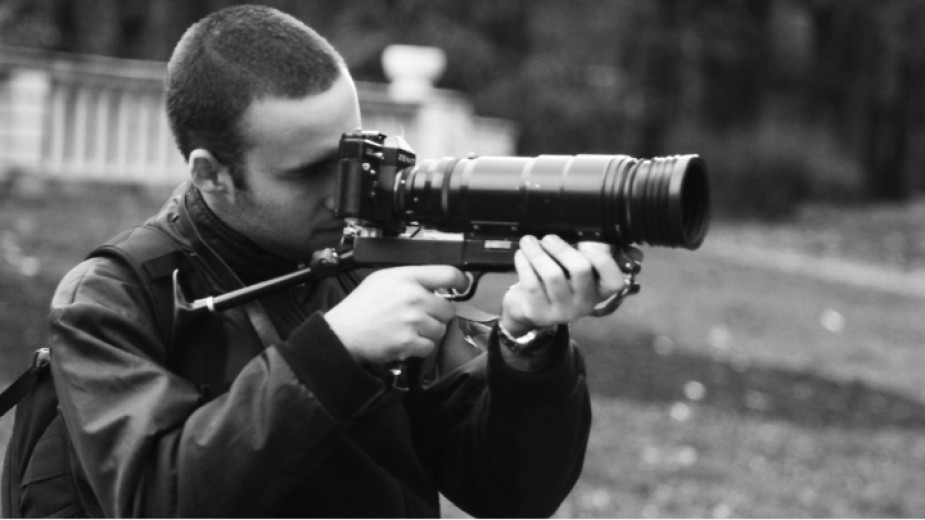 4
4
The Covid-19 pandemic has made us rethink the life we are living and the way we travel, stimulating domestic tourism. The so-called urbex locations are as yet uncharted territory even though we can see them in practically every town and village in the country.
Urbex tourism has fans all over the world, and interest in uninhabited villages, abandoned buildings and tunnels, crumbling factories has been soaring.
Places like this often have a chilling reputation, they are grim, decrepit and dangerous, dirty, and even… haunted. But to many, that is the beauty of such locations. Sometimes this may ward off marauders, allowing thrill-seekers to acquire different artifacts as testimony to the way people lived and worked there.
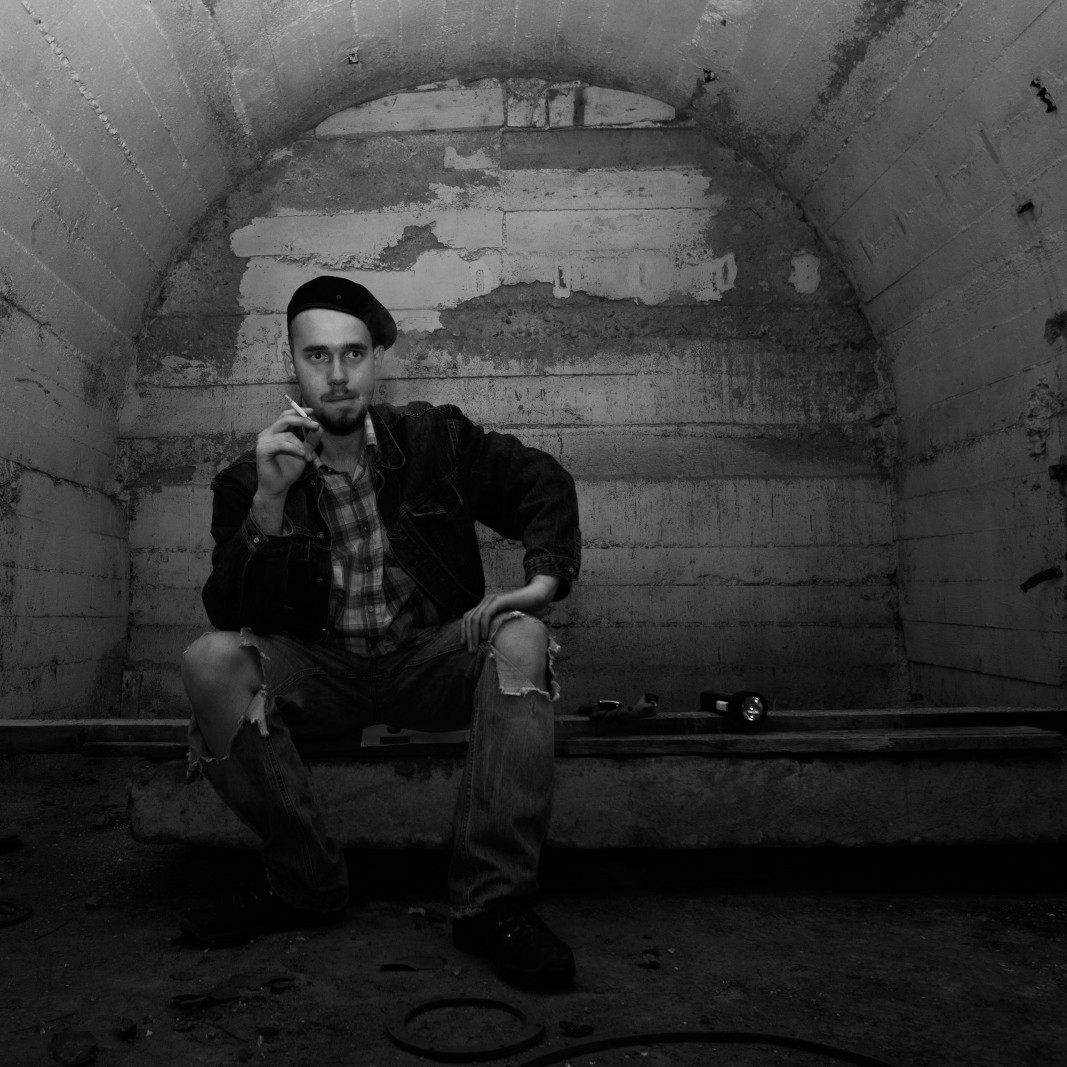
Photographer Simeon Gaitandzhiev was enthralled by the idea of revealing and studying such locations while he was still at school.
“It all started out of a purely childish kind of curiosity but gradually I realized that I can use these places to do something more than just going and looking at them,” he says in an interview for Radio Bulgaria.
His passion for experimental photography pervaded his life to such an extent that he decided to study it at the Krastyo Sarafov Academy of Theatre and Film Arts. His thesis was an exhibition, a journey into the underground spaces beneath Sofia. Simeon goes to numerous locations to take his shots, and then brings his photographs to life by applying a special kind of technique used since the 19th century.
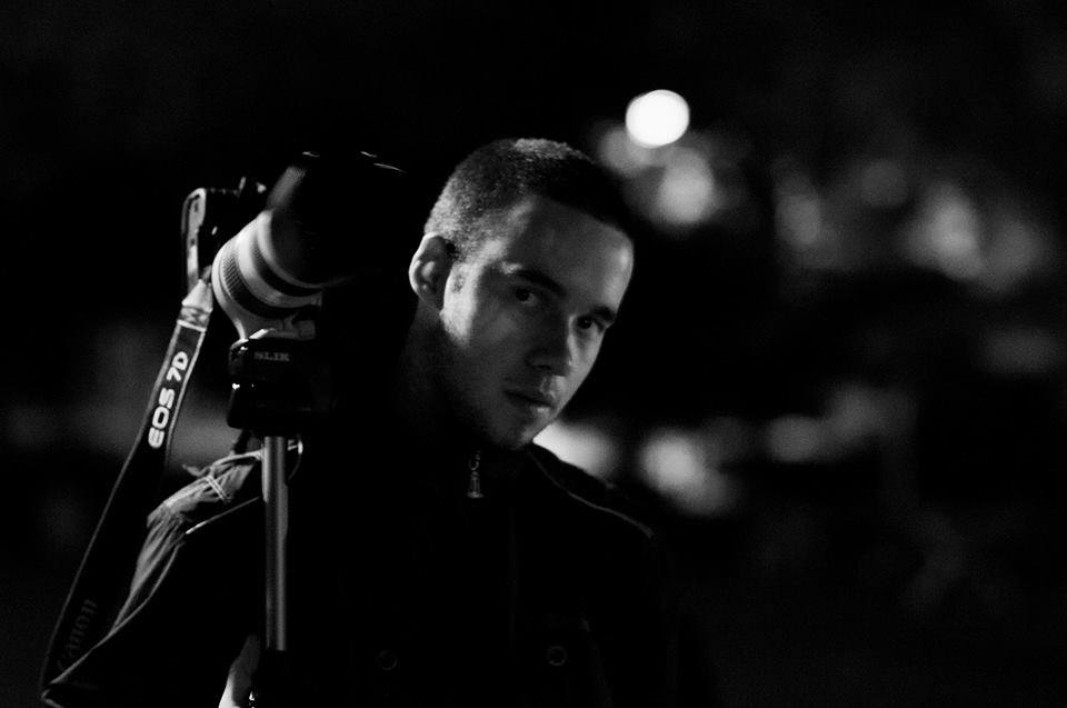
“The rubber oil seal develops an older process from the late 19th century called Rubber Arabica (a solid transparent resin produced from the juice extracted from two kinds of acacia). This method brings out the digital image as a frame of a given size, with the help of an imagesetter. It is placed on top of the Rubber Arabica and, with the help of ultraviolet light, forms a relief onto the frame, lending it more contrast and making it more realistic-looking.”
One more thing makes this technique so fascinating – every frame of a given location developed in this way looks different and is very powerful, as if it is a painting.
Simeon says that the popularization of the architectural gems he and many other photographers have taken pictures of in every Bulgarian town, could serve as a reminder to passers-by of their historical value and raise public awareness of the dire need to preserve them. The tunnels underneath Sofia – some of which can still be accessed - are some of the most intriguing places he has photographed.
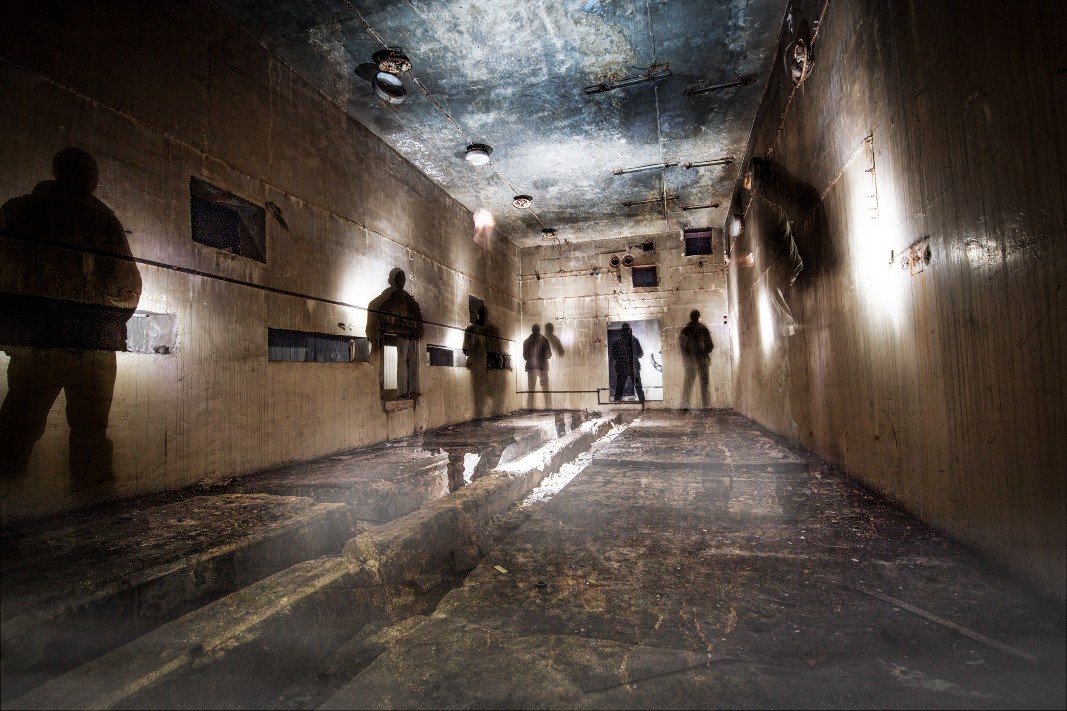
“The most famous underground space is the bunker underneath Sofia’s Southern Park. Rumour has it that its tunnels are extremely long, stretching right down to the buildings of the Council of Ministers and the Presidency in the city centre. I do not think that is possible because practically all such locations are beneath natural hills.”
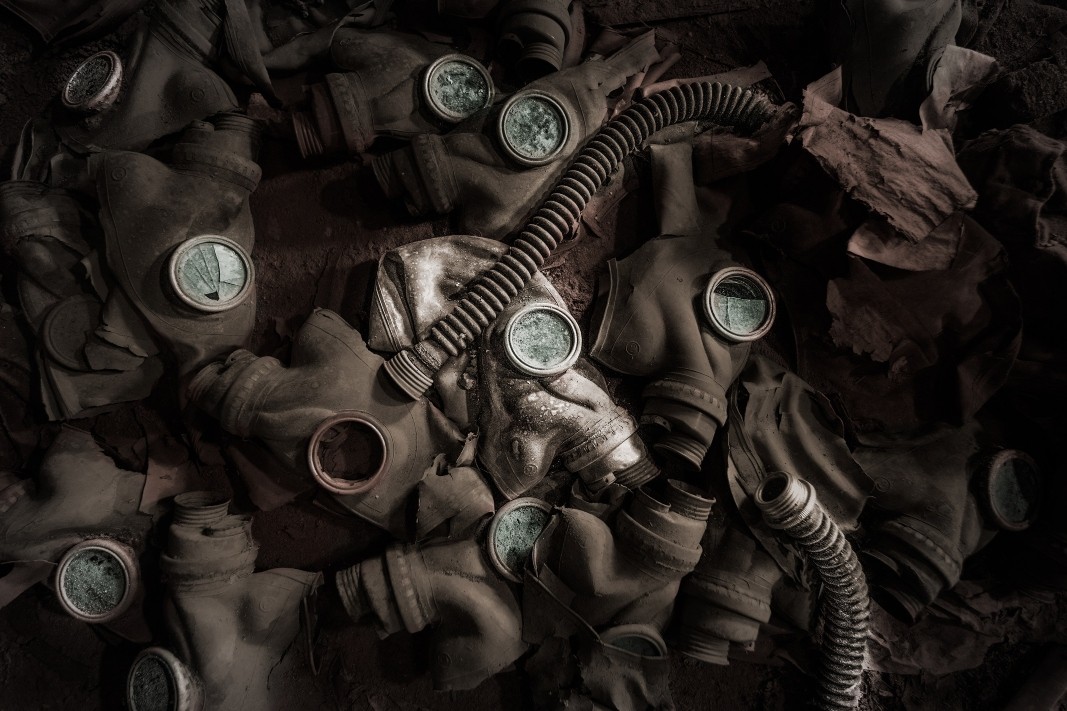
The most talked-about underground tunnels in the capital city are the tunnels beneath what was once the mausoleum of the one-time leader of the Bulgarian Communist Party Georgi Dimitrov. Legend has it that they connect the building of the Bulgarian National Bank with the Council of Ministers and the Presidency, though it is not known which sections of them are passable. There have been a great many ideas as to how this underground infrastructure can be socialized – among them Sofia Municipality’s idea to turn part of it into an art gallery. So far none of them have been successful.
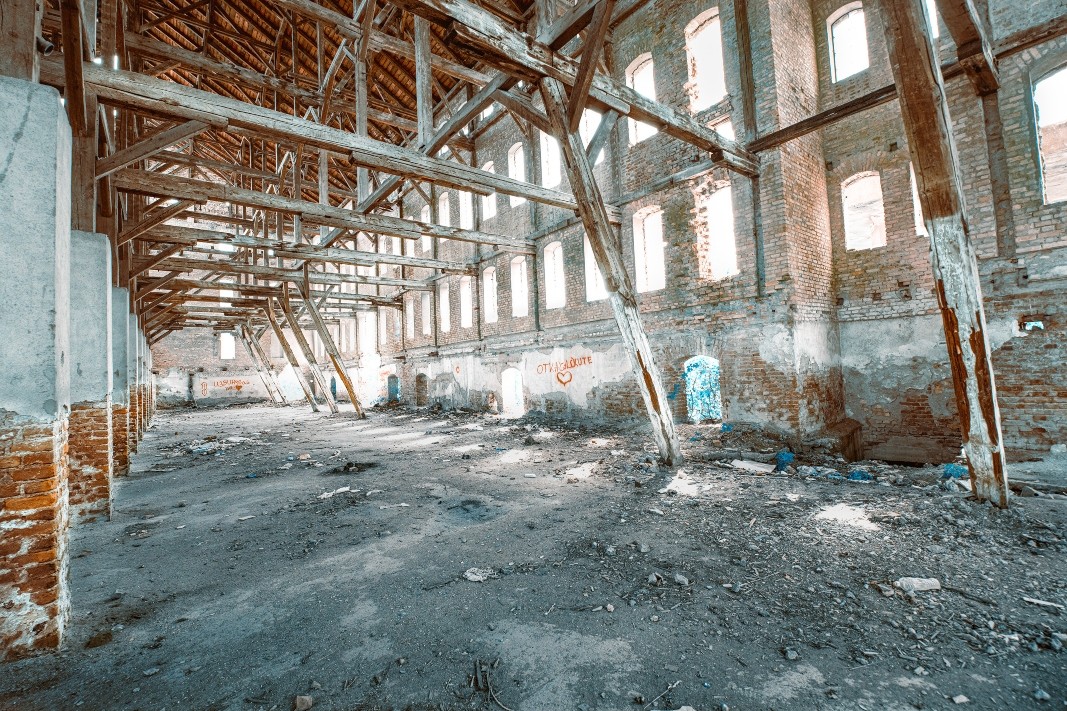
As he waits for the right time to go down into the “tunnels of power”, Simeon Gaitandzhiev has been “capturing” more and more locations connected with the times of socialism, now fallen into oblivion – military barracks, rail depots, looted factories and other symbols of what were once deemed the symbols of the industrial and social prosperity of the country.
Photos: Simeon Gaitandzhiev
Mihaela Aroyo is a professional photographer from Varna, Bulgaria. She has no family or close friends who are Bessarabian Bulgarians. But in 2019, after attending a youth festival in a Moldovan village, she was deeply impressed and decided to dedicate..
It is 116 years today since 22 September in 1908 when Bulgaria proclaimed its independence, taking its due place alongside the other free and independent countries of Europe at the time. Though unlike the unification, the proclamation of Bulgaria’s..
The Bolhrad region of Ukraine is considered the heart of the Bessarabian Bulgarian community, home to the largest and most concentrated population of ethnic Bulgarians outside of Bulgaria. More than 200 years ago, Bulgarian emigrants fled the Ottoman..
"The End of the River" is not just any film - it is a film that seeks to find the universal aspects of human experience across borders, while also serving..

+359 2 9336 661
